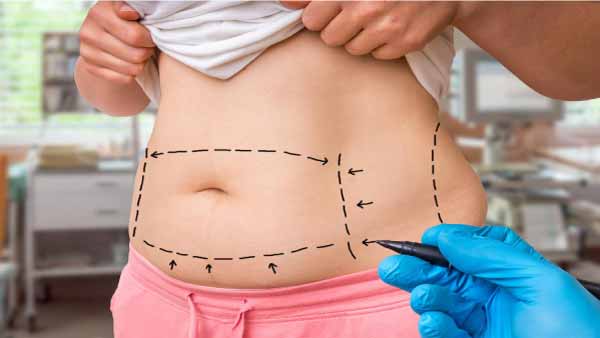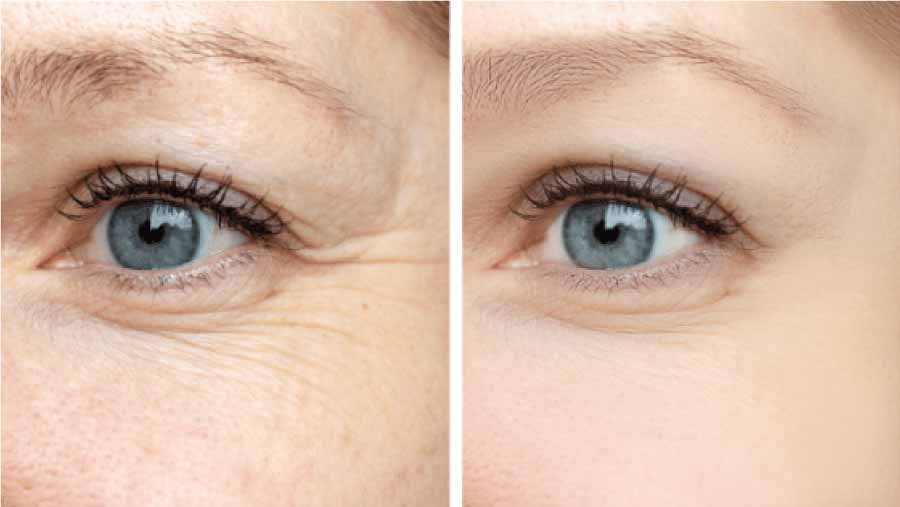If you’re struggling to get rid of stubborn fat in areas like the abdomen, thighs, buttocks, or arms, you may have considered liposuction as an option. Liposuction is a popular surgery used to remove fat from specific areas of the body. Although liposuction is a relatively common procedure, it is important to understand how it works and the potential risks and benefits before making a decision. In this article, we’ll provide you with detailed information about liposuction, from how it works to what to expect from the procedure.
What is liposuction?
Liposuction is a cosmetic surgery that is used to remove fat from specific areas of the body. During the procedure, a small incision is made in the skin and a thin, hollow cannula is inserted. A suction machine is then used to remove the fat from the target area.
How does liposuction work?
Liposuction is a procedure that is performed under general or local anesthesia, depending on the area to be treated and the volume of fat to be removed. The surgeon makes a small incision in the skin and then inserts the cannula into the target area. The surgeon uses back and forth motions to break up the fat and suck it out of the body. The procedure can last between one and four hours, depending on the area to be treated and the amount of fat to be removed.
What areas of the body can be treated with liposuction?
Liposuction can be performed on several areas of the body, including:
Abdomen
Thighs
Buttocks
Arms
Back
Face and neck
What are the risks and benefits of liposuction?
As with any surgery, liposuction carries certain risks. Some of the potential risks include:
Infection
Bleeding
Bruises
Swelling
Pain
Loss of sensation in the treated area
However, liposuction also has several benefits, including:
Elimination of stubborn fat that does not respond to diet and exercise.
Improved physical appearance.
Increased self-confidence.
What to expect after liposuction?
After liposuction, it is normal to experience some pain, swelling, and bruising in the treated area. Your surgeon may recommend the use of compression garments to help reduce swelling and promote healing. It is important to follow the surgeon’s instructions after the procedure and take prescribed medications as needed to control pain.
Who are the ideal candidates for liposuction?
Ideal candidates for liposuction are people who have a healthy weight and firm, elastic skin. Liposuction is not a substitute for weight loss, but is designed to remove stubborn fat that does not respond to diet and exercise. Candidates should have realistic expectations about the results of the surgery and be willing to follow the surgeon’s instructions before and after the procedure.
How much does liposuction cost?
The cost of liposuction varies depending on the geographic location, surgeon, and area to be treated. On average, liposuction can cost between $2,000 and $5,000 per treated area. It is important to note that liposuction is an elective surgery and is not covered by most insurance plans.
How to choose a surgeon for lipo?
Choosing a surgeon for liposuction is an important decision that should not be taken lightly. It is important to seek out a surgeon with experience and training in liposuction and plastic surgery. In addition, it is advisable to review the reviews and testimonials of previous patients of the surgeon to get an idea of his experience and skill.
Preparation for lipo:
Before undergoing liposuction, the surgeon will provide you with detailed instructions on how to prepare for the procedure. These may include:
Avoid taking certain medications that may increase the risk of bleeding.
Do not eat or drink anything for several hours before the procedure.
Perform laboratory tests and medical examinations.
Quit smoking at least two weeks before surgery.
Arrange for someone to transport you home after surgery.
Postoperative care:
After liposuction, it is important to follow the surgeon’s instructions to ensure a safe and speedy recovery. These may include:
Wear compression garments to reduce swelling.
Take prescribed medications as needed to control pain.
Avoid strenuous activities and strenuous exercise for several weeks after the procedure.
Follow a healthy diet and maintain a stable weight to maintain the results of surgery.
Lipo results:
The results of liposuction can vary depending on the area treated, the amount of fat removed, and the body’s ability to heal and recover. It is important to have realistic expectations about the results of the surgery and be willing to follow the surgeon’s instructions before and after the procedure.
Lipo vs. other fat removal procedures:
Lipo is not the only fat removal procedure available. Other popular procedures include cryolipolysis, laser lipolysis, and ultracavitation. Each procedure has its own benefits and risks, and it is important to speak with an experienced plastic surgeon to determine which procedure is right for each particular case. Some important considerations include:
Lipo is best suited for large, persistent areas of fat.
Cryolipolysis is best for smaller, localized areas of fat.
Laser lipolysis is used for larger areas and can also help tighten the skin.
Ultracavitation uses sound waves to break down fat, but it may not be as effective as other procedures.
Overall, lipo remains one of the most popular and effective procedures for removing stubborn fat. With the help of an experienced plastic surgeon, patients can achieve the body they want and feel more confident and self-confident.
Conclusion:
Lipo is a common cosmetic surgery that can help remove stubborn fat that doesn’t respond to diet and exercise. Although it is a relatively safe procedure, it is important to choose an experienced plastic surgeon and follow the doctor’s instructions before and after the procedure to ensure a safe and effective recovery. With the help of lipo, patients can achieve the body they want and feel more confident and self-confident.


